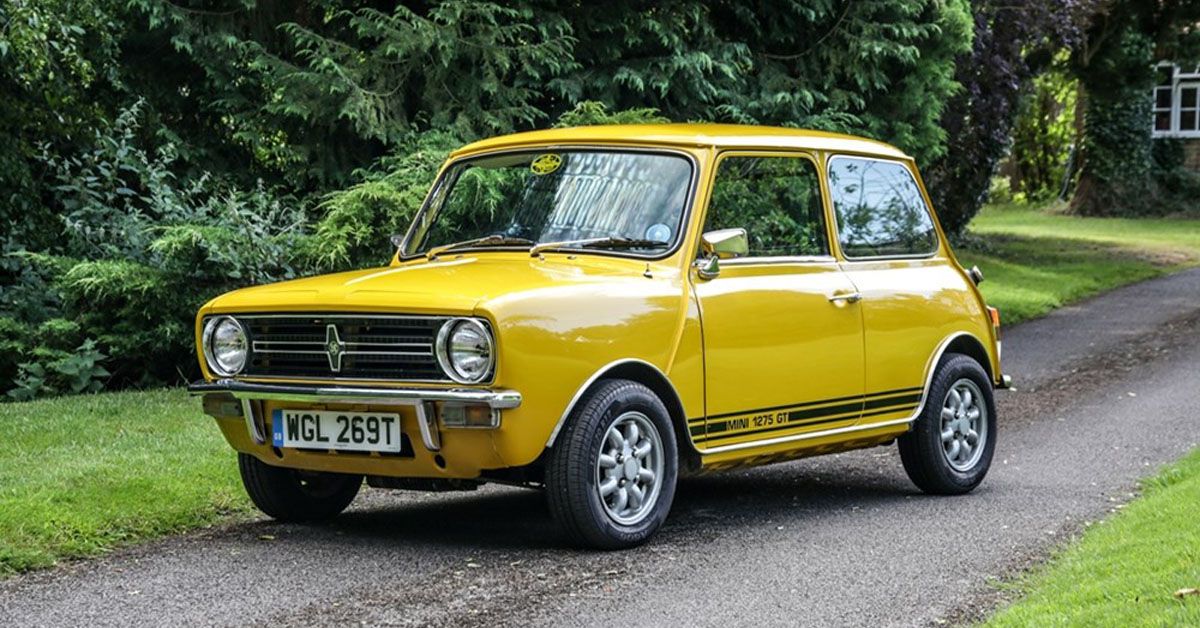The tiny Mini was founded by the British Motor Corporation in the late 1950s as a response to the fuel shortage and petrol rationing of the time. Mini made a huge impact on the compact car world and it kept the same body shape for over 40 years. The car was developed by Morris Company, with emphasis on the tiniest exterior with the most interior room possibly achievable. The revolutionary change was made when transversely setting up the Mini engine and pushing the tire setup to the furthest point possible: close to each corner of the car. This made the tiny Austin Morris (a.k.a Mini) have nimble handling and gave it fun-to-drive dynamics.
John Cooper, son of Charles Cooper, was a race mechanic who dropped out of school at 15 to claim a trade as a toolmaker. With World War II being around he had to join the Royal Air Force and by the end of the war, he started making cars with parts often used in aircraft. He re-engineered the Formula one racing car, winning back to back thanks to the rear-mounted engine of the light-weight Formula Mini. He also helped Alec Issigonis win the Monte Carlo Rally when tuning the Austin Mini from 34 Hp to 70 Hp.
Mr. John Cooper had made a statement with the design and race spirit of the Mini, which remained unchanged for over 40 years. Let’s take a closer look at the Mini Cooper models over the years and how they inspired a cultural phenomenon.
First Gen Mini
The first-generation Mini made a revolutionary change, the engine would drive the front wheels in a setup that gave the car nimble driving dynamics and greater interior room. More driver and passenger room was available as the transmission was uniquely incorporated into the sump of the engine, thus the engine and transmission ran on the same oil. Well-thought from Alec Issigonis as the oil crisis would be around for a few more years.
The first-gen was named the Austin Seven and featured an 848cc engine that could run up to 72 mph. When released for the British public the Austin Seven became a popular car as it was easy to drive through busy London roads, and inspired a whole new cultural phenomenon. The youngsters would drive it, the hipsters made it a fashion trend, and the car featured enough headroom for the bearskins of the Queen's Guard to get in.
It Remained The Same Mini For 40 Years
Mini kept the same design for 40 years, adding different trims and exterior upgrades to the grills, headlights, interior, and different wheels yet the bodyshell remained Mini. All the Mini’s were assembled by hand to assure quality and road safety. Years went on and the Mini packed more safety features, comfier adjustable seats, and a wide range of engine options. The low-cost and well-built production process meant that there was a Mini for everyone.
The Mini Was Offered As A Van, Estate, And A Pickup Mini
In the 40 years of production before BMW got ownership, Mini was offered in a wide range of engine options but what’s more interesting is the different body types offered at the time.
Mini released a Mini-Pickup-Truck, as the name goes it didn’t have the power of what the competitors of the time did but it got the job done for most people looking for a flatbed. It was built on the Mini van platform, except this time with no rear roof and it had an added tailgate. Mini built 58,179 of these and their total weight was 1,500 lb. Mini cars mini specs right?
The Mini Van
The work-oriented Mini’s didn’t stop there. Mini released their Van version. Nothing too crazy about the van, it was built on the Mini Traveller chassis but without windows and a rear tailgate. It served as a work-utility van which proved to be a success in the 60’s. It is also worth mentioning that this is the first delivery van that inspired more brands to build one. Mini produced 521,494 of them.
Morris Mini Traveller and Austin Mini Countryman
The Morris Mini Traveller and The Austin Mini Countryman were both released in the ’60s. At the time it was popular for most automakers to build a pre-war shooting-brake body style. This was a two-door estate car which Mini paired with double “barn” style rear doors. It got replaced by Mini in 1971 as the Mini Clubman.
An All-Wheel-Drive Mini To Serve The Army
Mini also released the Mini Moke, a utility Mini to serve the British Army. The car didn’t make it though as it lacked ground clearance but it was a popular pick for the time when a front-wheel-drive version was made available for the public.
Fun Fact: Moke is the British slang for donkey.
Mini Cooper And Cooper S
John Cooper was given the possibility to show his post-World War II tricks and stack them to the Mini to win races. He tuned an existing model of the Austin Mini Seven and called it the Mini Cooper. Not long enough John Cooper released two Cooper S models, both featuring bigger and better internal engine parts, more cubic inches, and more horsepower. In 1971, no more Cooper S models were produced but the Mini 1275 GT was there as the performance model of the Mini.
Present Days
Mini has been owned by BMW since the year 2000. A Mini Cooper S was redesigned to bring back the legendary spirit of John Cooper. Mini is still committed to small compact cars. For the time being the Minis in production today are bigger than the Mini’s back in the 60’s and 70’s, yet they are still the Mini class. The company now is committed to fully electric Mini’s and more hybrid models to come soon.

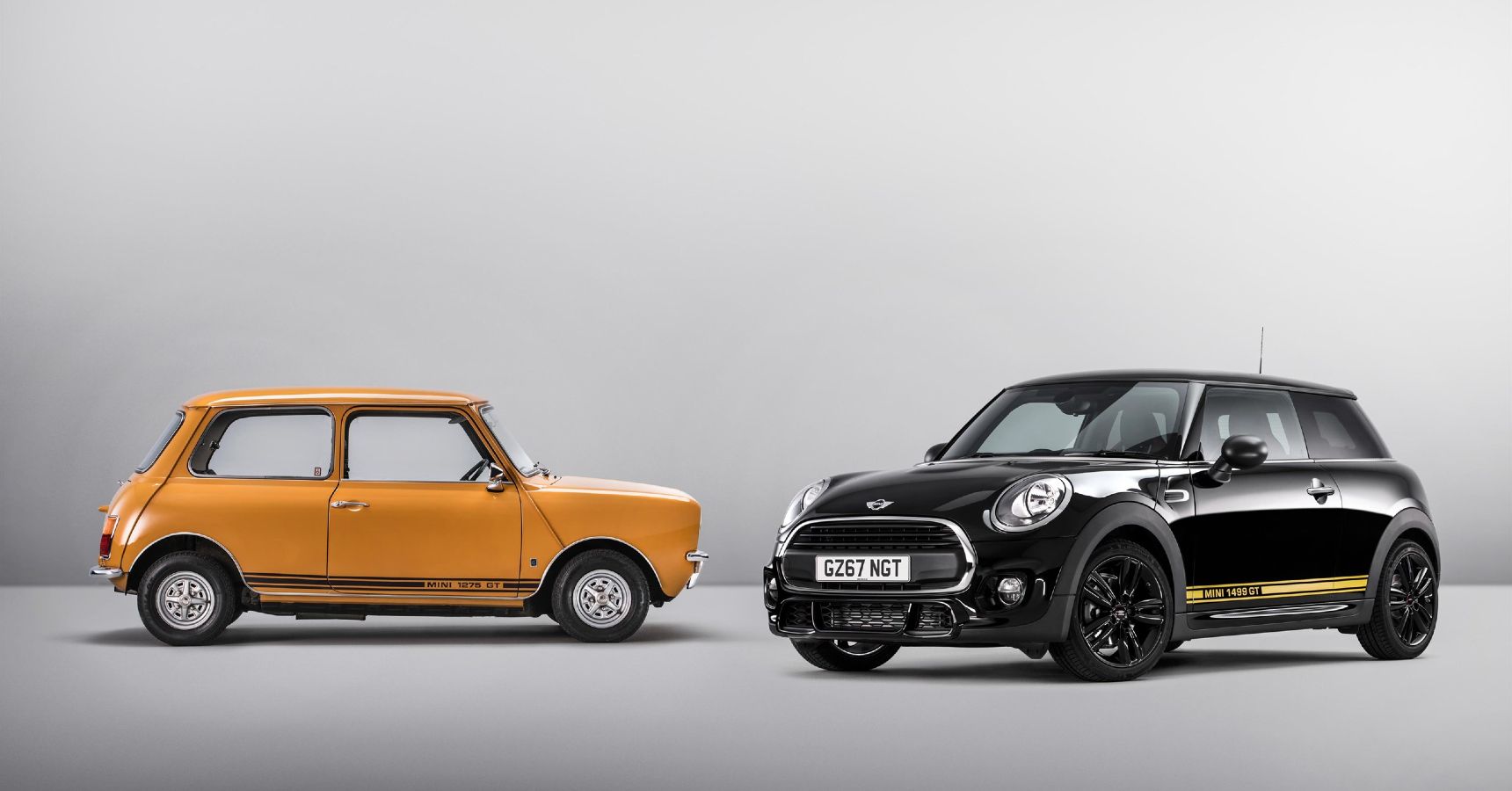
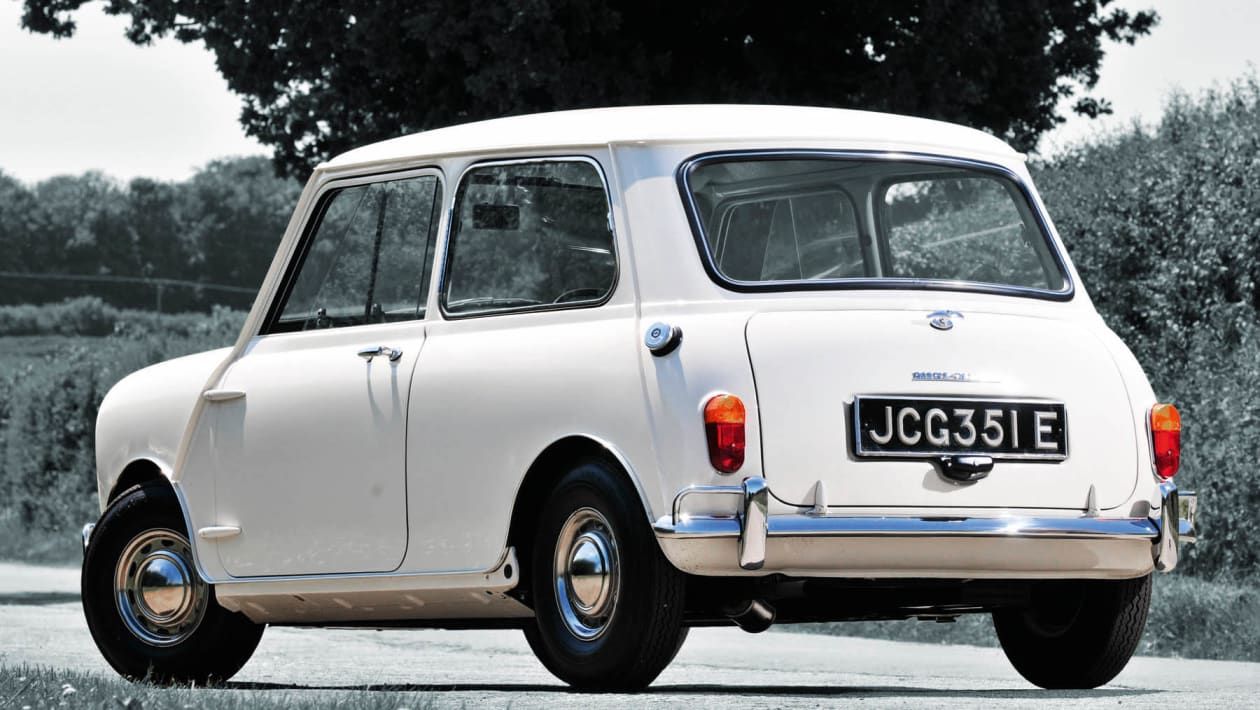
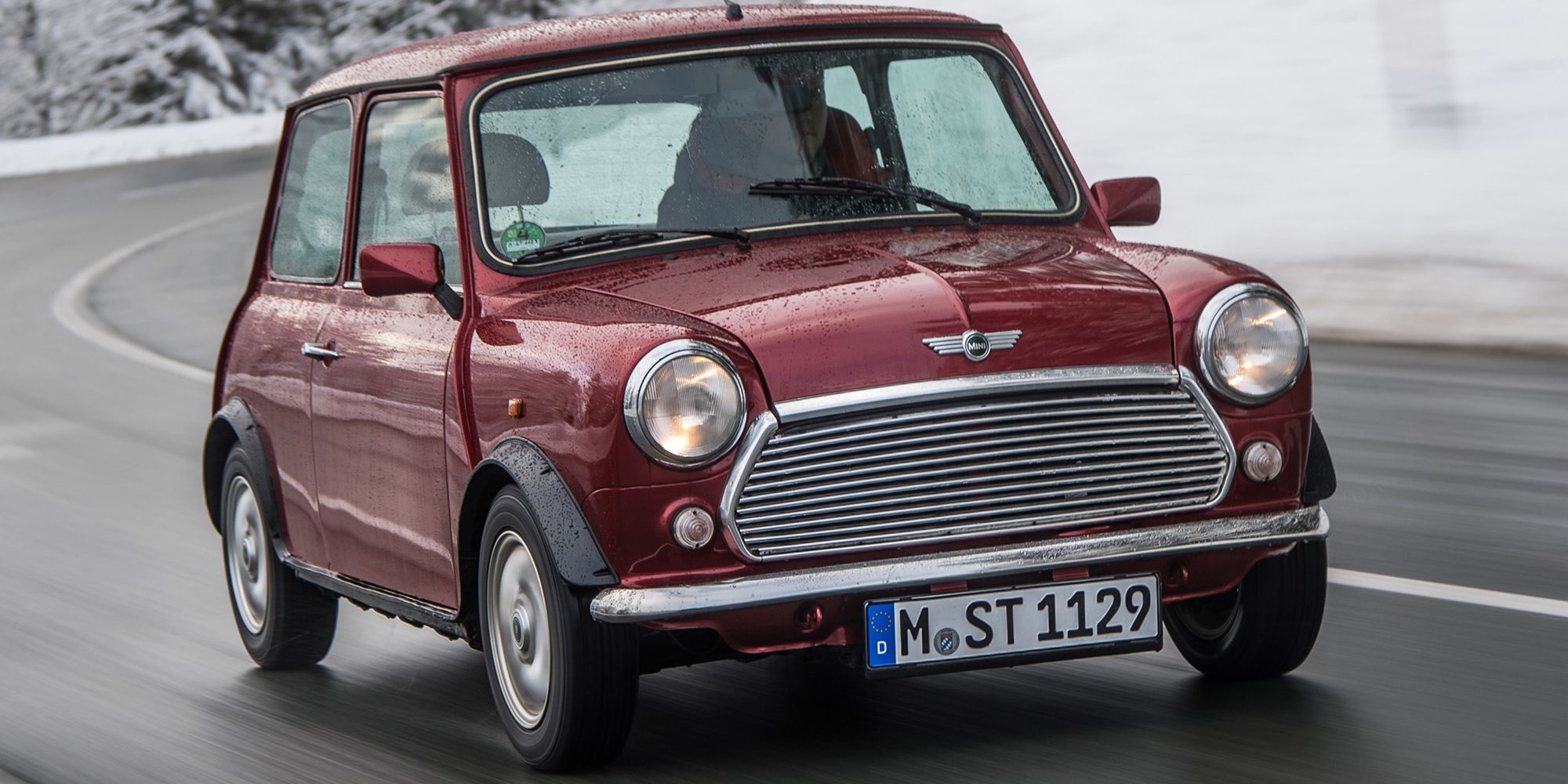
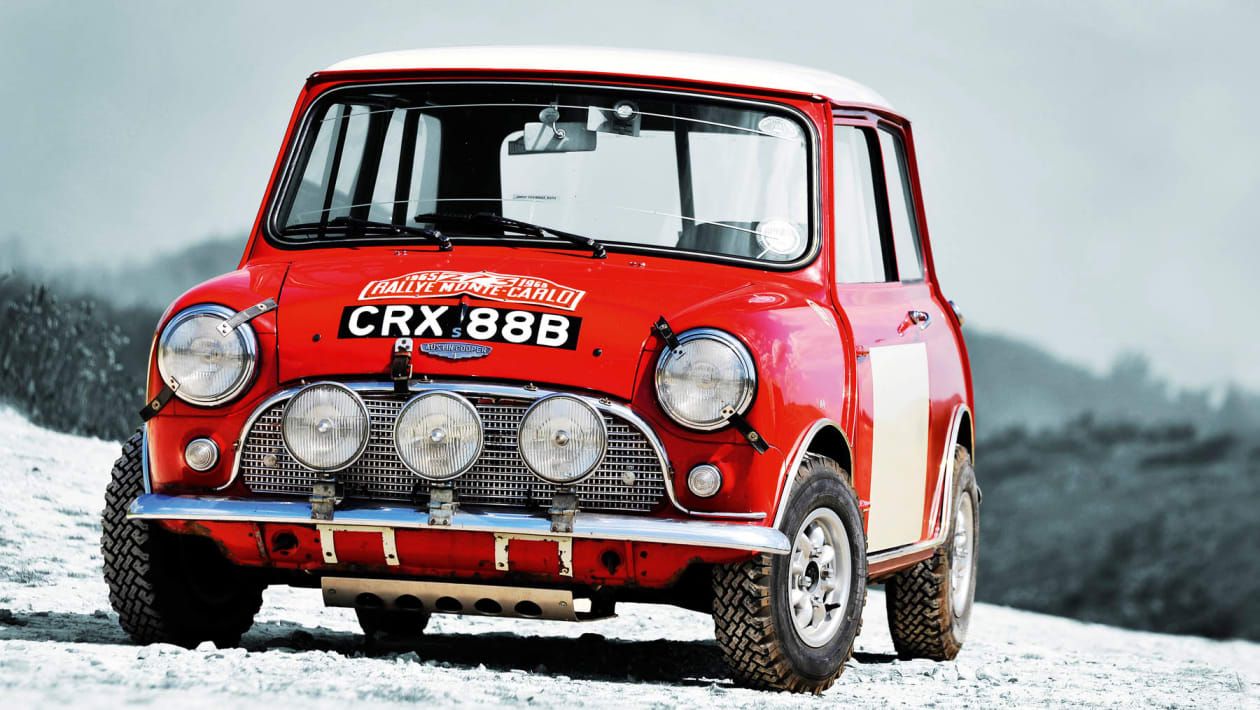
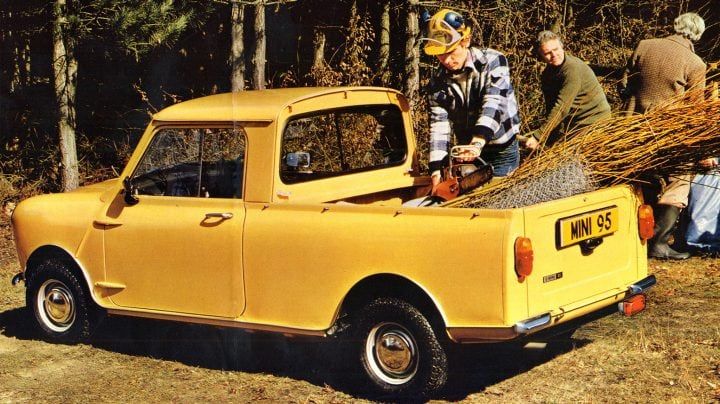
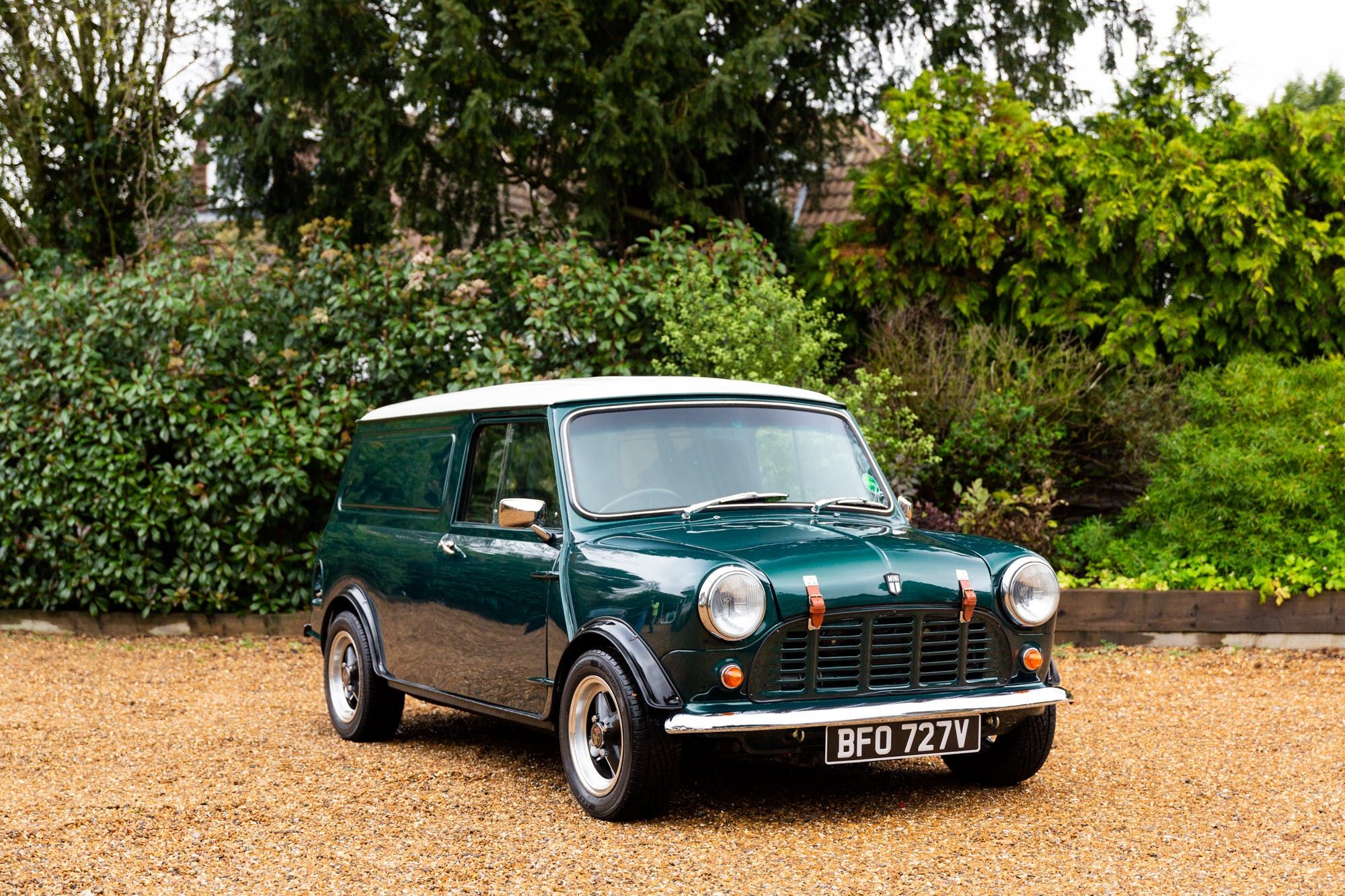
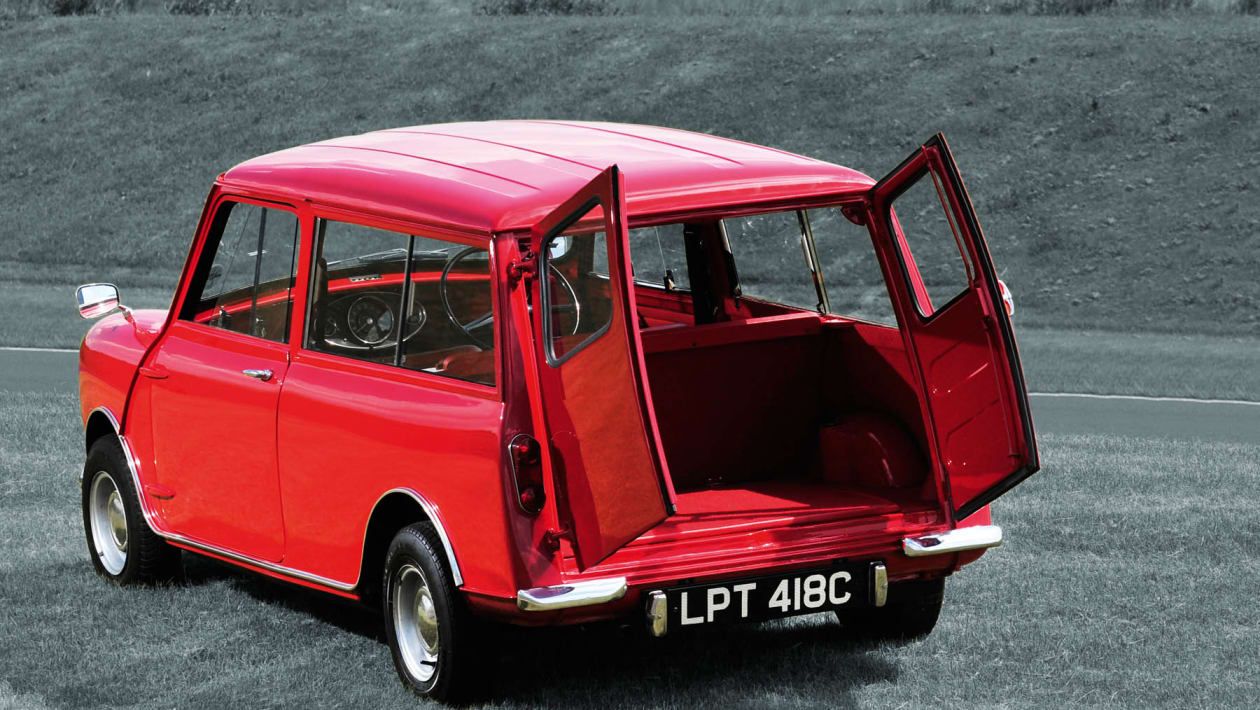
-.jpeg)
